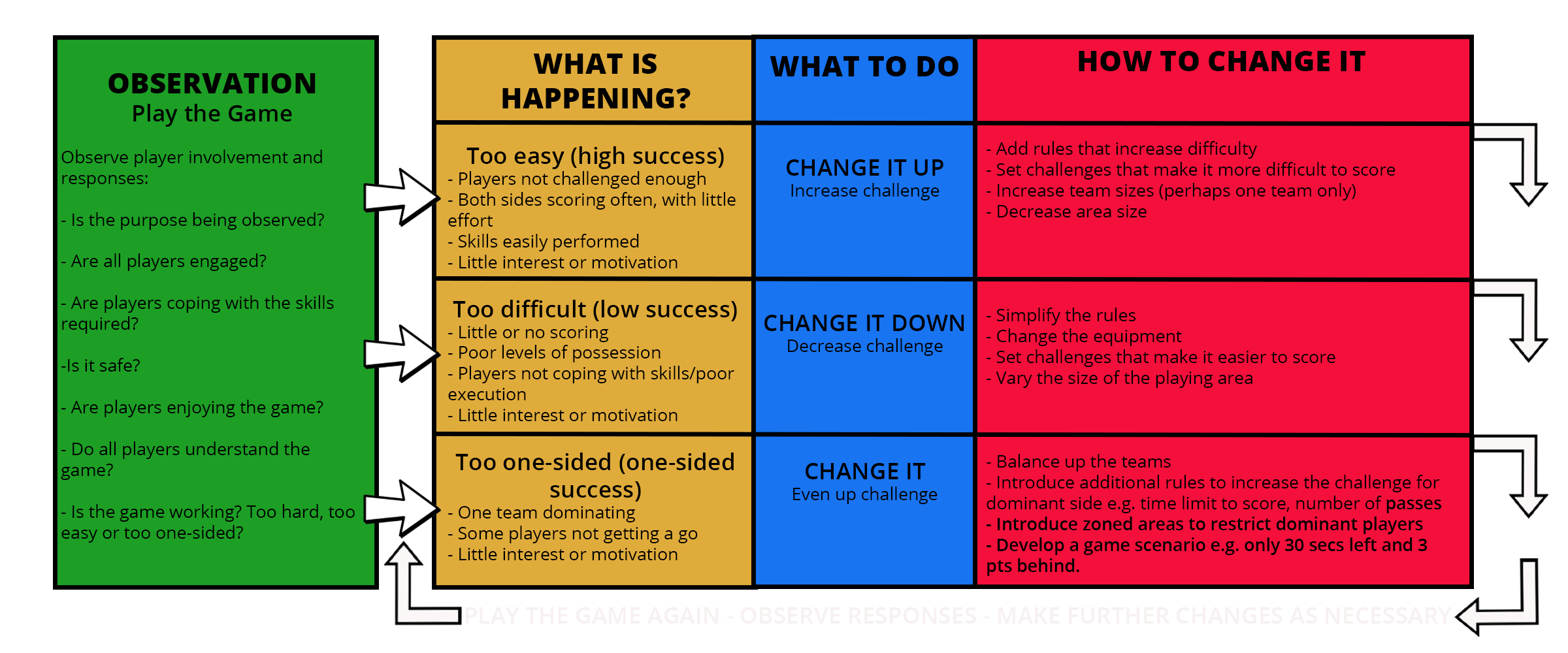- Rugby Toolbox
- Resources & Education
- Learn more
- "Games Based" Approach
"Games Based" Approach
What is a "Games Based" Approach?
Games based coaching is the philosophy of using a variety of games to teach something as opposed to drills. Instead of teaching a concept using a drill, games are designed to teach the rugby player the same concept as they play in an actual game situation.
With the Games-Based Approach to teaching rugby, from the basic skills to more technical moves and strategies, are taught in the context of fun, yet instructive, games. Players practice skills with creative exercises.
The goals and benefits of the Games Based Approach include:
- It creates a kind of joy
- Allow creativity in practice
- Can accommodate players of all skill levels and personality types.
- It keeps athletes in motion, so they spend more of the practice involved in moderate to vigorous physical exercise
- Enable coaches to isolate and focus on specific skills
- It allows coaches to teach children their personal strengths and improve their weaknesses
- It allows the coach to better control the team. As a result, discipline is not the focus of practice
- From beginners to adults, it is versatile. Regardless of the player's age or skill level, they can still benefit from the game. Generally, the game itself does not require adaptation across different skill levels
- It creates a positive learning environment so that players can learn without rigorous peer review
Designing modified games is faced with daunting challenges, which may be related to the reason why so many coaches form simple drills to practice techniques and provide corrective feedback. Therefore, design a series of clear learning objectives and gradually move toward a more challenging and complex game.
Modifying the game so that children can focus on specific strategies, movements, perceptual cues and skill learning are key elements of the game-based approach.

As you observe players playing the game you designed, ask yourself the following questions:
- Do all players like and/or participate in the game?
- Did you achieve the goal of the game?
- Have all players been challenged? (Is it too difficult, too easy, one-sided?)
If the answer is ‘no’, then CHANGE IT!